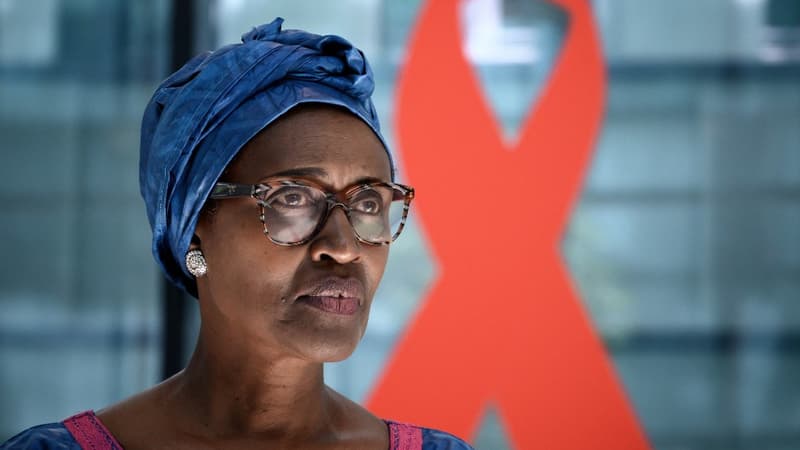It is still “possible” to end AIDS as a public health threat by 2030, but a widening funding gap is holding back accelerated progress, the United Nations said on Thursday.
The roadmap presented in the new UNAIDS report “shows that success is possible during this decade,” says the organization’s executive director, Winnie Byanyima.
Ending AIDS is first and foremost a political and financial choice, according to UNAIDS, which is leading global action to end the AIDS epidemic as a public health threat by 2030, as part of the adopted Sustainable Development Goals in 2015.
Advances in various African countries
The organization calls for addressing inequalities, supporting communities and civil society organizations in the response, and ensuring adequate and sustainable funding.
Winnie Byanyima notes in this regard that progress has been greatest in countries and regions that have invested the most financially, citing eastern and southern Africa, where new infections have fallen by 57% since 2010.
Botswana, Eswatini, Rwanda, Tanzania and Zimbabwe have already achieved the so-called “95-95-95” targets: 95% of people living with HIV know their HIV status, 95% of these people receive antiretroviral treatment that it saves their lives and 95% of people on treatment are virally suppressed (and therefore no longer transmit the virus).
Sixteen other countries, including eight in sub-Saharan Africa, the region where 65% of people with HIV live, are on track to achieve this goal. Thailand, Kuwait, Saudi Arabia and Denmark are also on this list.
Another death every minute
The number of people on antiretroviral treatment worldwide has increased from 7.7 million in 2010 to 29.8 million in 2022, while new infections have fallen 59% since their peak in 1995.
Additionally, 82% of pregnant and lactating women living with HIV globally had access to antiretroviral treatment in 2022, up from 46% in 2010. These efforts have led to a 58% drop in new infections among children between 2010 and 2022, the lowest level since the 1980s.
“The end of AIDS is an opportunity for today’s leaders to leave a legacy of exceptional power,” says Winnie Byanyima, in the roadmap.
“Future generations will remember them as those who implemented the policies, programs and investments that brought an end to the world’s deadliest pandemic,” he continues.
In 2022, one person would still be dying every minute from AIDS, and some 9.2 million people still do not receive treatment, including 660,000 HIV-positive children. Several obstacles are holding back the acceleration of progress.
Criminalization of homosexuality
In 2022 and 2023, five (Antigua and Barbuda, Cook Islands, Barbados, Saint Kitts and Nevis, and Singapore) decriminalized same-sex sexual relations. But laws that criminalize populations most at risk or their behaviors remain in place in much of the world, UNAIDS said.
The vast majority of countries (145) criminalize the use or possession of small amounts of drugs, 67 countries criminalize consensual same-sex sexual activity, and 20 countries criminalize transgender people.
Additionally, 143 countries criminalize or prosecute HIV exposure, non-disclosure, or transmission of the virus.
When “leaders ignore, isolate and criminalize people living with HIV or at risk of infection, progress in the AIDS response is hampered and more and more people contract the virus,” says UNAIDS.
Another daunting challenge is financing the global response. After rising sharply in the early 2010s, it fell again last year to the same level as in 2013.
In 2022, a total of $20.8 billion was available for HIV programs in low- and middle-income countries, 2.6% less than in 2021 and well below the $29.3 billion estimated to be needed by 2025.
Source: BFM TV


